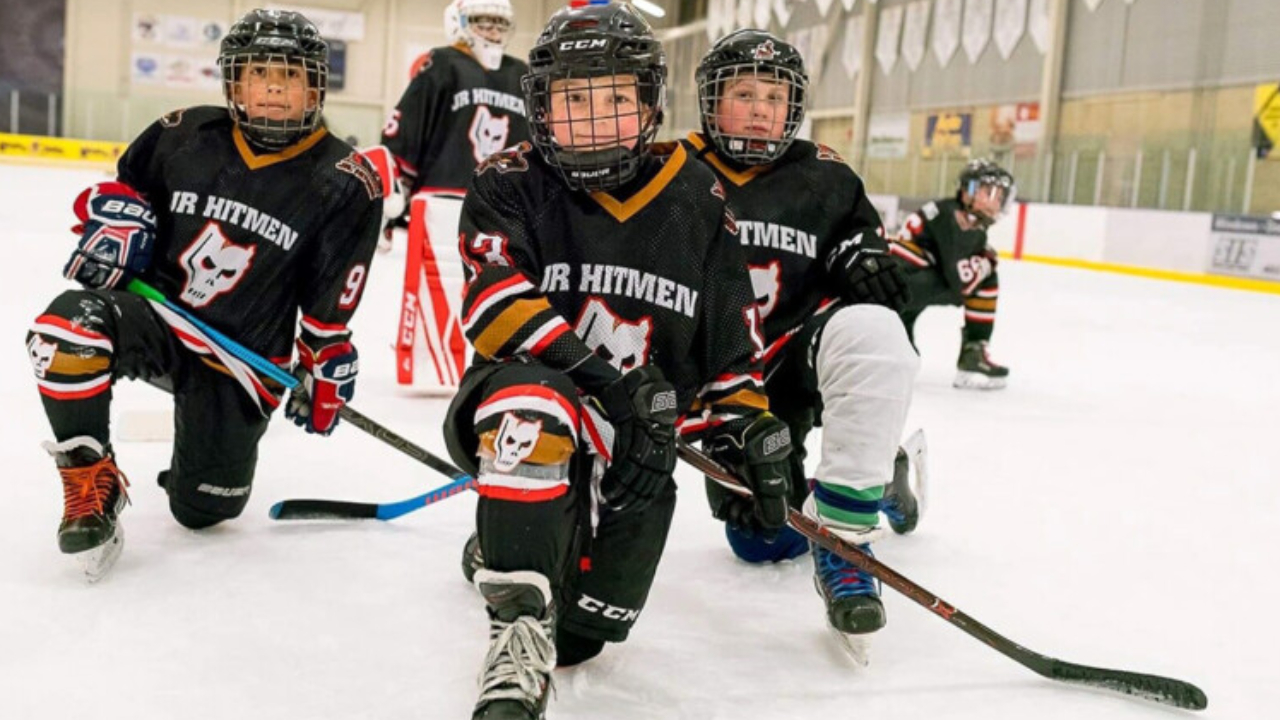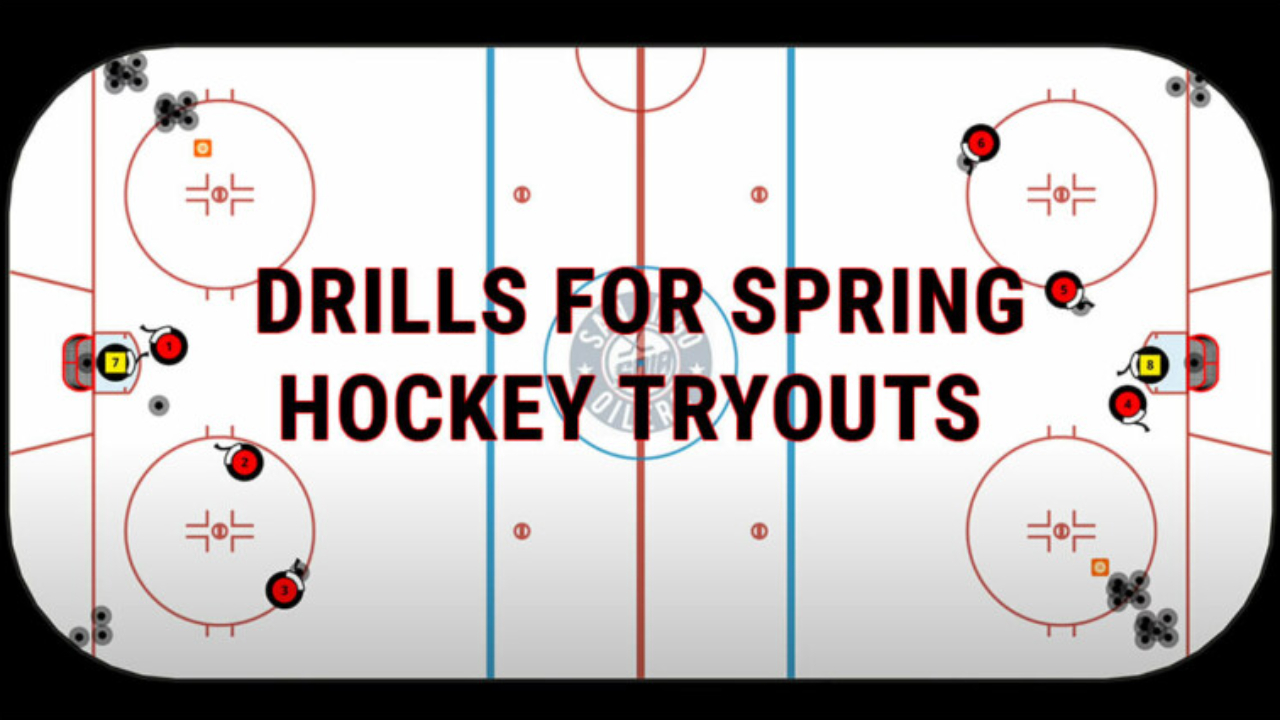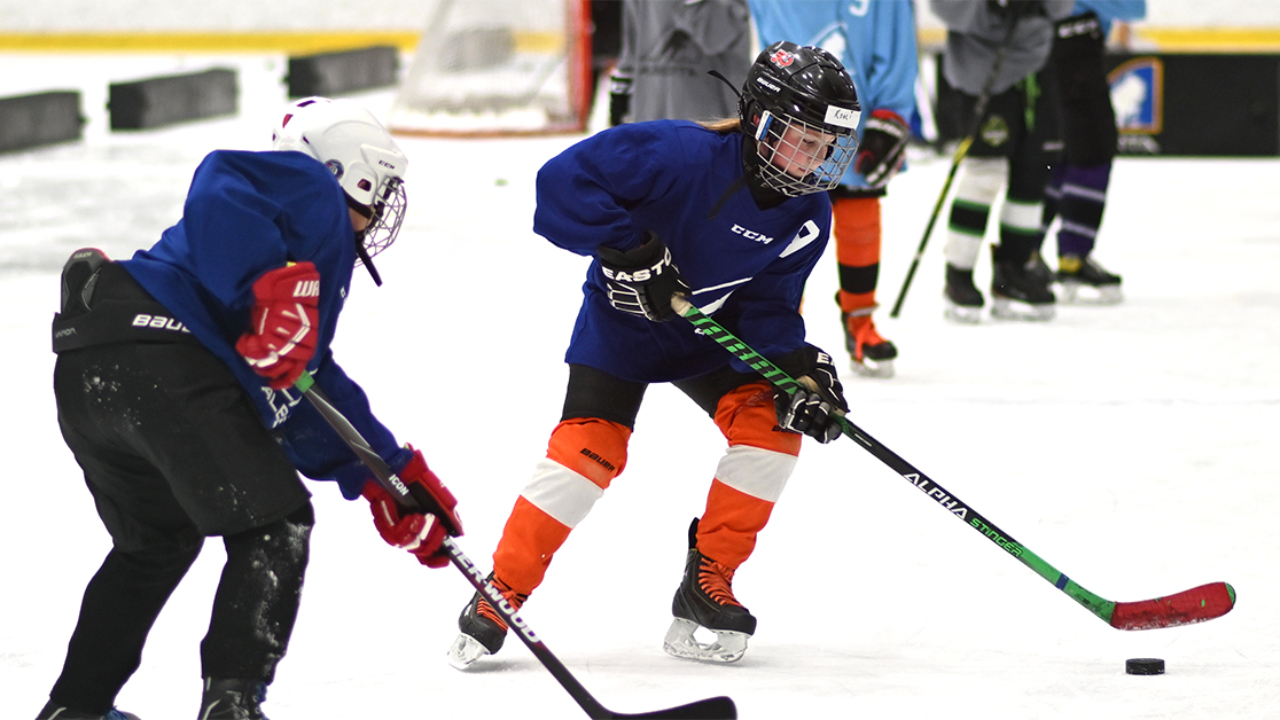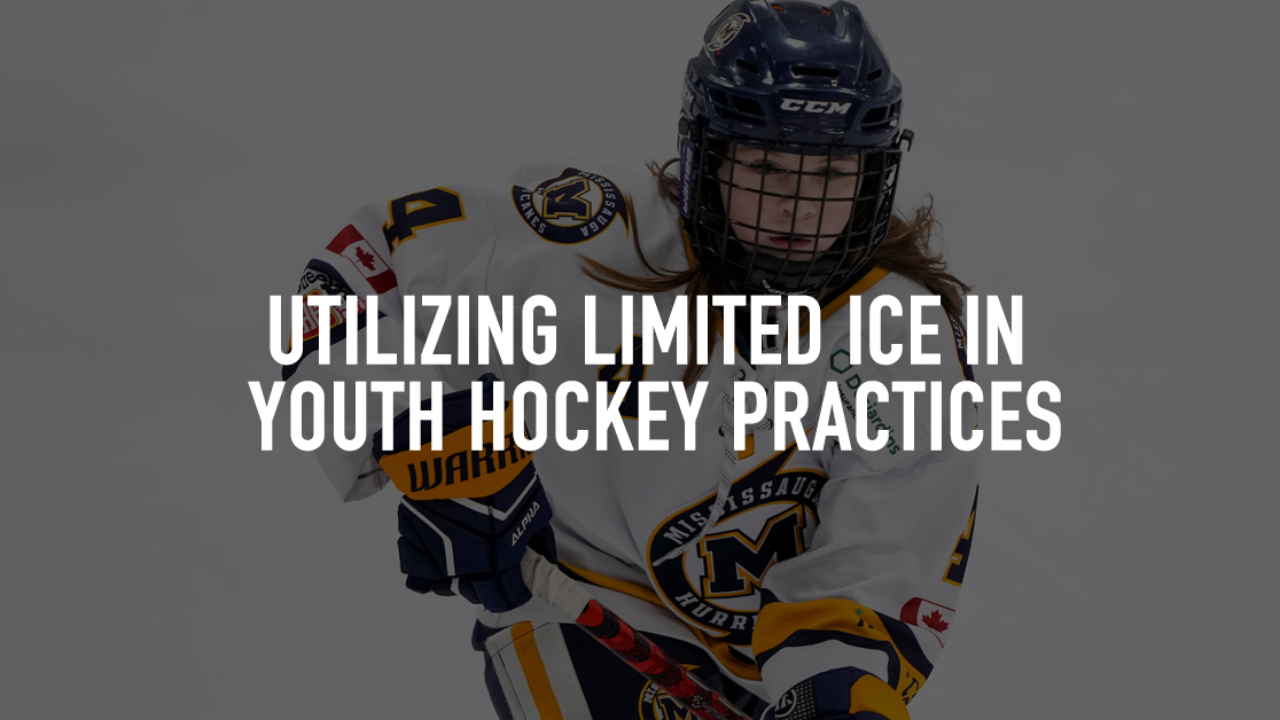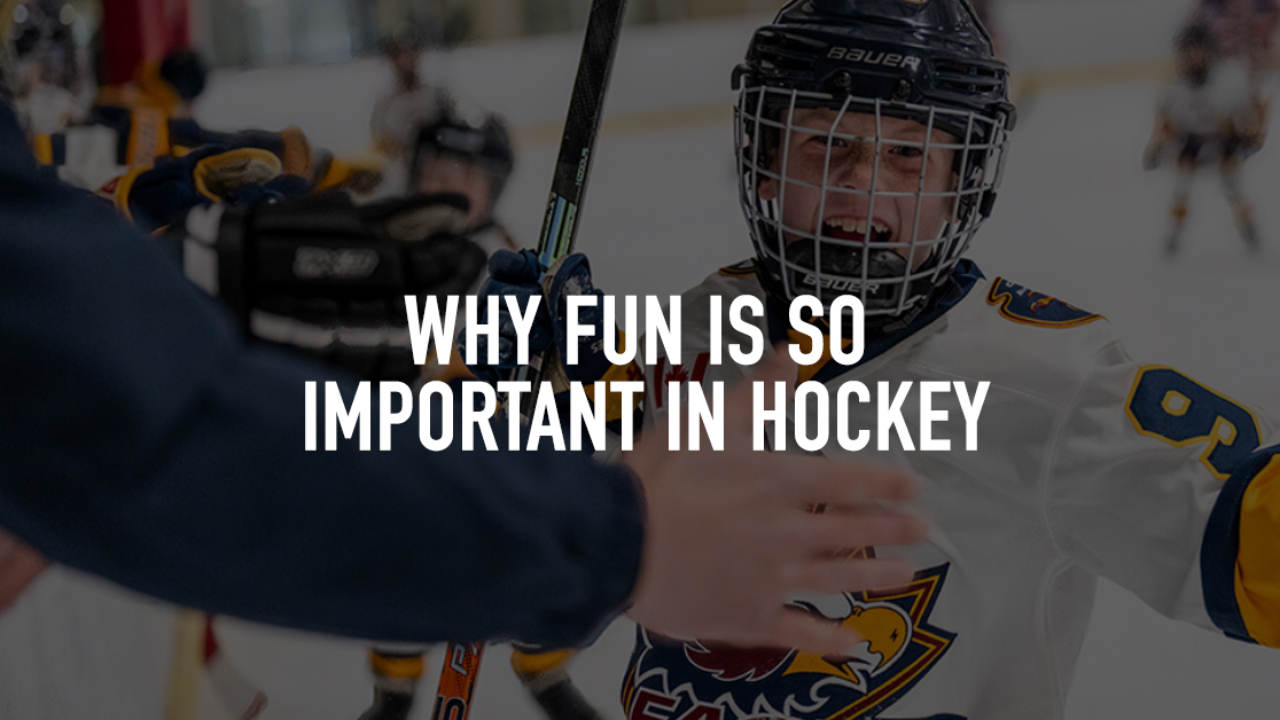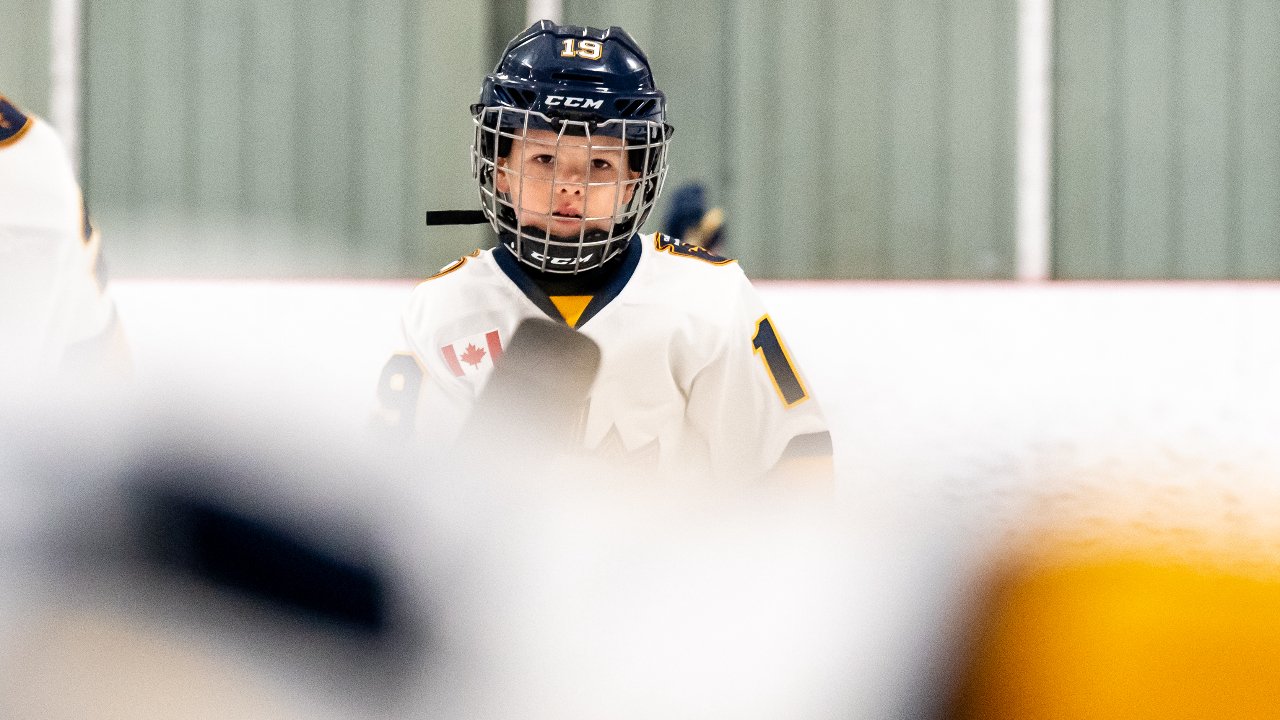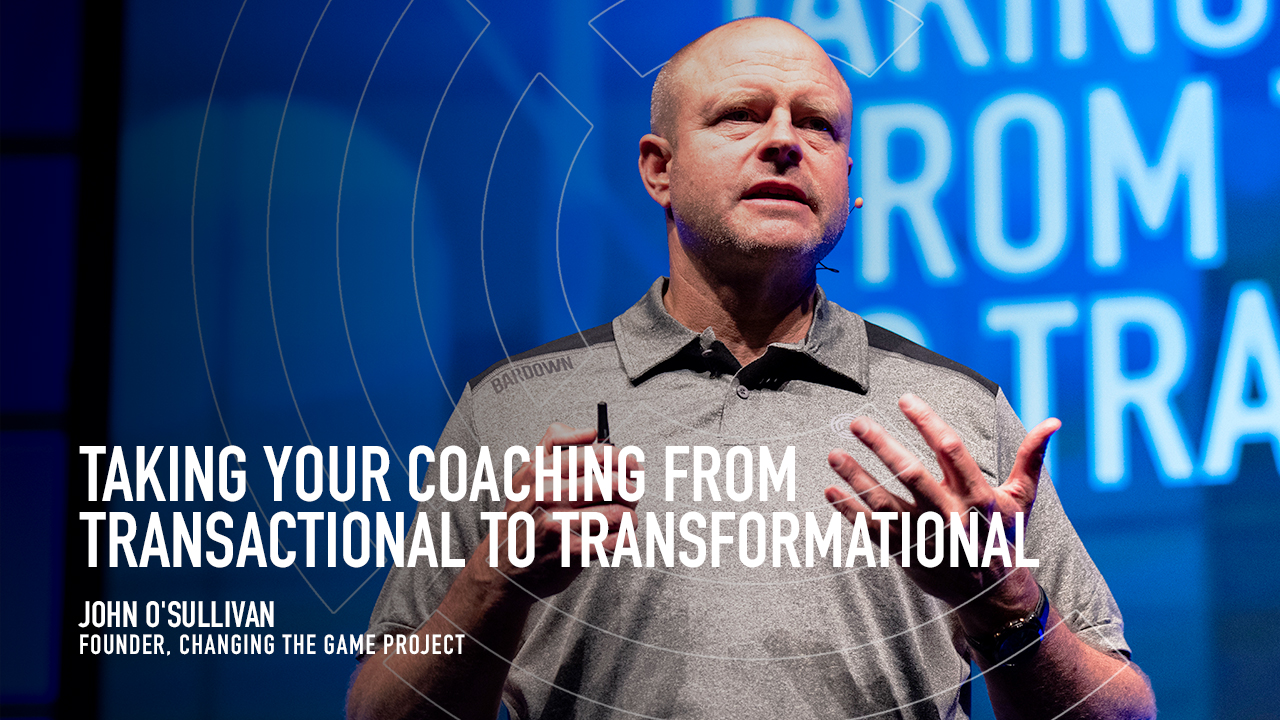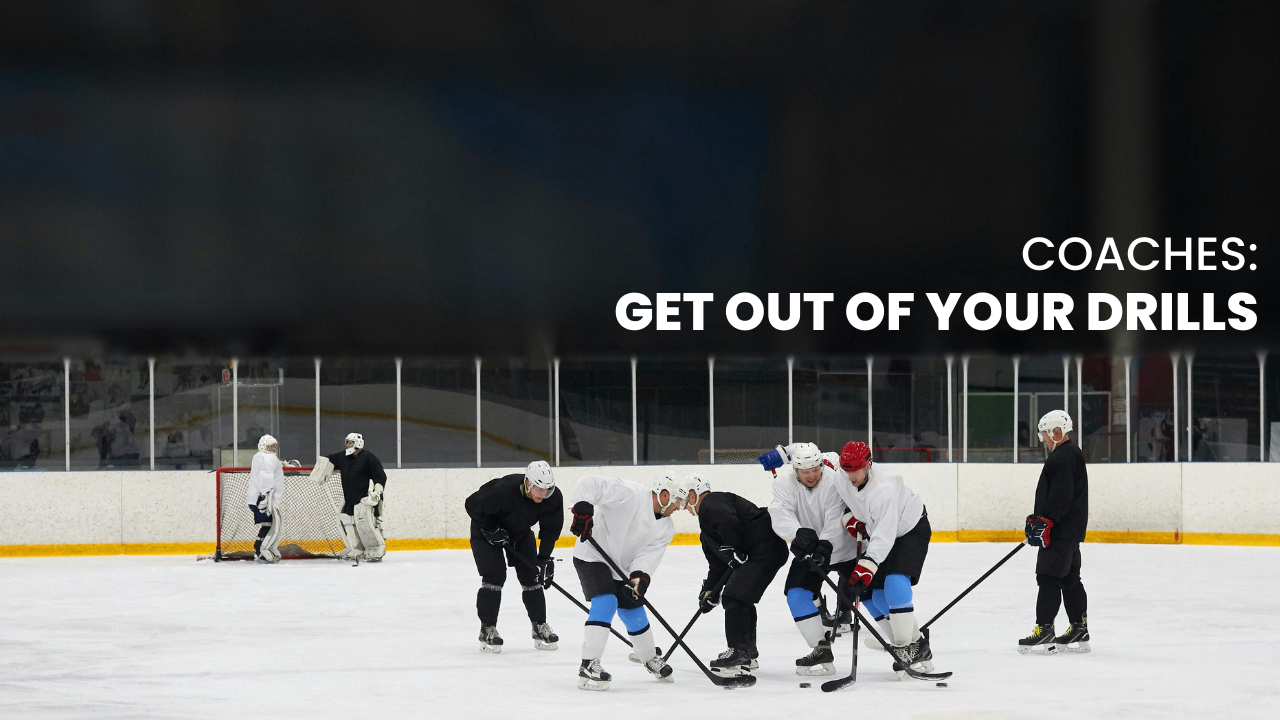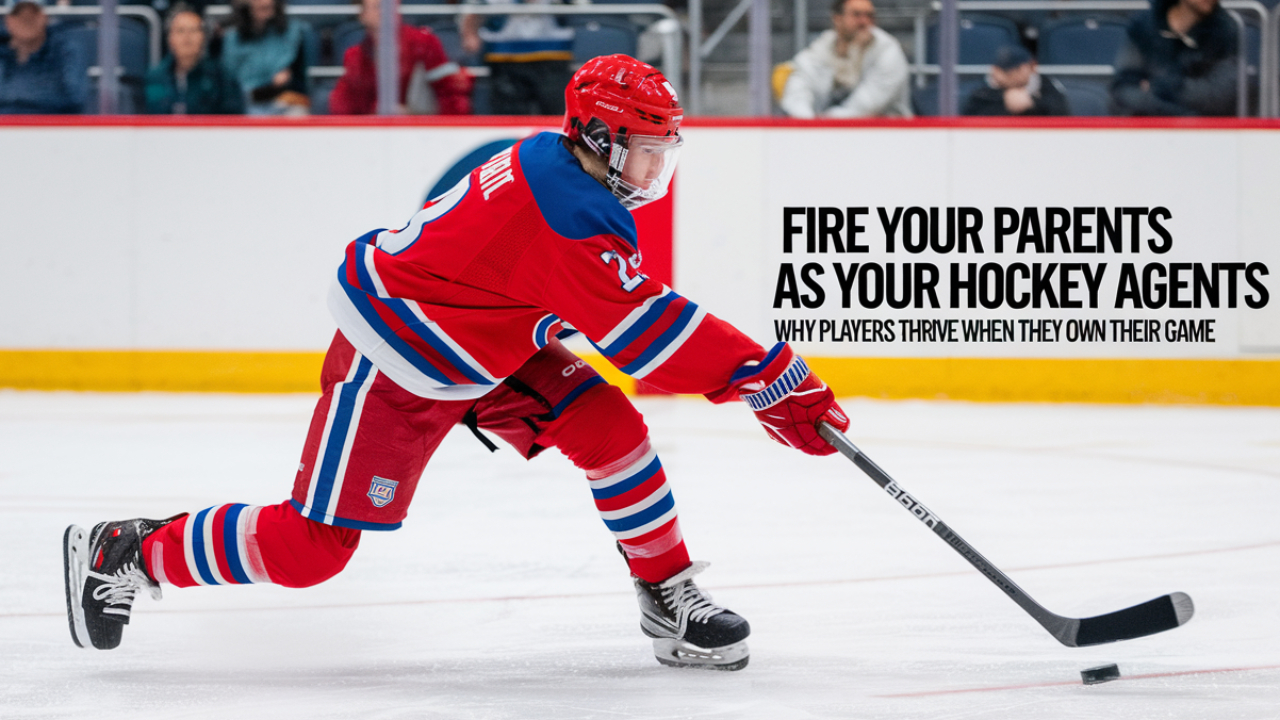While drawing up a practice plan recently, I asked myself the question, “How can I get the players to work on their edges and evasive skating without realizing they’re working on their edges and evasive skating?”
The answer I came up with was… pool noodle sword fights!
Yup, sword fights. Picture a handful of 7 to 10 year-olds on the ice, each with a foam sword or pool noodle in hand, fully geared up, laughing, spinning, dodging, and trying to tag each other while staying on their feet. To the untrained eye, it might look like recess on ice or just silly chaos. But to those who understand the principles of age-appropriate athlete development, this is where the magic happens.
Skill Development Hidden in Play
Sword fights are an unconventional drill, and that’s exactly the point. The best development often doesn’t look like traditional drills. While engaged in this playful competition, young players are:
-
Navigating constant edge work
-
Developing balance and body control
-
Practicing quick stops, starts, and turns
-
Reacting to pressure and making evasive decisions
-
Improving spatial awareness
-
Building confidence in 1-on-1 situations
-
Most importantly, having fun
None of these players are thinking about skating mechanics or edge angles. They’re just trying not to get tagged—and in doing so, they’re naturally developing critical skating and agility skills that carry over into every part of the game.
Why Play Matters
In the early stages of athlete development, play is the most powerful tool we have. Too often, youth practices become over-structured, adult-directed sessions filled with lines, cones, and commands. But children don’t learn like adults. They learn through doing, exploring, testing limits, and having fun.
That’s why game-based drills and creative play are essential. They not only keep kids engaged, but they also allow for intrinsic motivation, problem-solving, and a deeper connection to the game. Research backs this up: athletes who experience more unstructured or semi-structured play in their early years tend to develop stronger motor skills and maintain long-term participation.
The Long-Term Payoff
Will sword fights alone turn a player into a great skater? Of course not. But when layered into a practice plan thoughtfully, fun games like this serve multiple purposes:
-
Skill Development: Repetitions happen naturally and with high effort because the kids are invested.
-
Engagement: When kids are smiling, they’re more likely to want to come back. Consistent attendance is an underrated component of long-term development.
-
Creativity: No two sword fights are the same. Players are constantly adapting, using their edges in different ways, and solving skating & balance problems in real time.
-
Positive Team Culture: Laughter brings teams together. Kids remember these moments more than any skating drill.
When we build practices that kids love, they show up, they work hard, and they develop faster than we might expect.
Reframing Our Role as Coaches
As coaches, we sometimes feel pressure to fill every minute with structure, to “look” like we’re coaching to appease the watchful eye of parents on the other side of the glass. But our real job, especially at the grassroots level, is to create an environment where learning happens naturally and the kids develop a love for the game. That often means stepping back, observing, and letting the game (or sword fight) be the teacher.
We don’t need to abandon fundamentals, we just sometimes need to embed them into fun, meaningful activities. Sword fights aren’t just silly games, they’re skill sessions in disguise!
Try It Yourself
Next time you’re planning a practice, ask yourself:
“Can I turn this skill into a game?”
If the answer is yes, do it.
Bring out the swords. Let them compete. Let them fall. Let them laugh. And when practice ends, listen for the magic words:
“Coach, can we do that drill again?”

